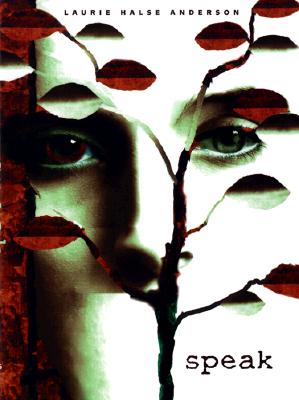
Author: Matt de la Pena
Original Date of Publication: 2008
Main Characters
Danny Lopez: Sixteen year old boy that is part Mexican and part White. He struggles with the split up between his parents. He is also a very good baseball player and would probably go off to college and play. However, he struggles with freezing up when he gets on the pitcher's mound.
Uno: Danny's friend when he goes to National City for the summer.
Sofia: Danny's cousin. He stays with her while he is in National City for the summer.
Setting
The novel, Mexican WhiteBoy takes place in the streets of San Diego County in the present day. Most of the scenes occur in National City, a place where Danny's dad's family lives. Baseball fields in the city serve as the setting for a lot of the story. National City is prominently inhabited by Mexican culture, making Danny different than everyone else because of his biracial heritage.
The story takes place over a period of the summer months, but also has times where characters experience memories from the past. Because of this large time span, we get a good sense of the characters' personalities and experiences.
Themes
The struggle to find identity is a clear theme. Growing up in a life of definitions, Danny experiences two cultures, American and Mexican, and the story is about him finding his balance and his focus.
Baseball is a theme in the book. Danny has a good pitch that he develops to have a good aim; it is a popular activity in Mexico and in his school, where Danny finds acceptance; and also resonates in the structure of the book-the numbered sections and story pattern gives it a circular experience like running bases.
Friendship is another theme that runs through the book as Danny and Uno share adventures together. Uno, an unsuspected friend, ends up helping Danny face some of his challenges with baseball and his father.
Danny’s improvement in his pitch is a metaphor for his character development. Just as his pitch is fast but lacks precision, so is Danny who has a lot going for him but cannot choose a path. He later finds his focus that will lead him to a conscious choice about his future.
Questions & Issues
Being biracial is one thing that Danny really struggled with in Mexican WhiteBoy. Danny's mother is white and his father is Latino, which is why Danny refers to himself as the Mexican WhiteBoy. He feels too dark to be in his primarily white private school, but feels too light-skinned to hang out with his father's side of the family. We watch as Danny struggles with finding his identity throughout the book, which is something that other young adults who are biracial may struggle with as well during their lifetime.
Another issue raised in the book is coming from a broken home. Both Danny and Uno come from broken homes, as both of their parents are divorced. Danny struggles with why his father ran away to Mexico and blames it on himself for not being perfect. Uno deals with choosing whether to go live with his father or stay with his mother and her new husband. Divorce is becoming more and more common in today's society, so this is an issue that may hit home with a lot of young adults reading this book.
Self-injury becomes an issue in Mexican WhiteBoy as we watch Danny dig his fingernails into his skin. In the novel Danny is feeling very numb since his father left because he blames his fathers disappearance on himself. Therefore, Danny feels the need to hurt himself in order to feel some pain, or anything at all for that matter. We all cringe as we watch him harm himself in an attempt to feel emotion.









